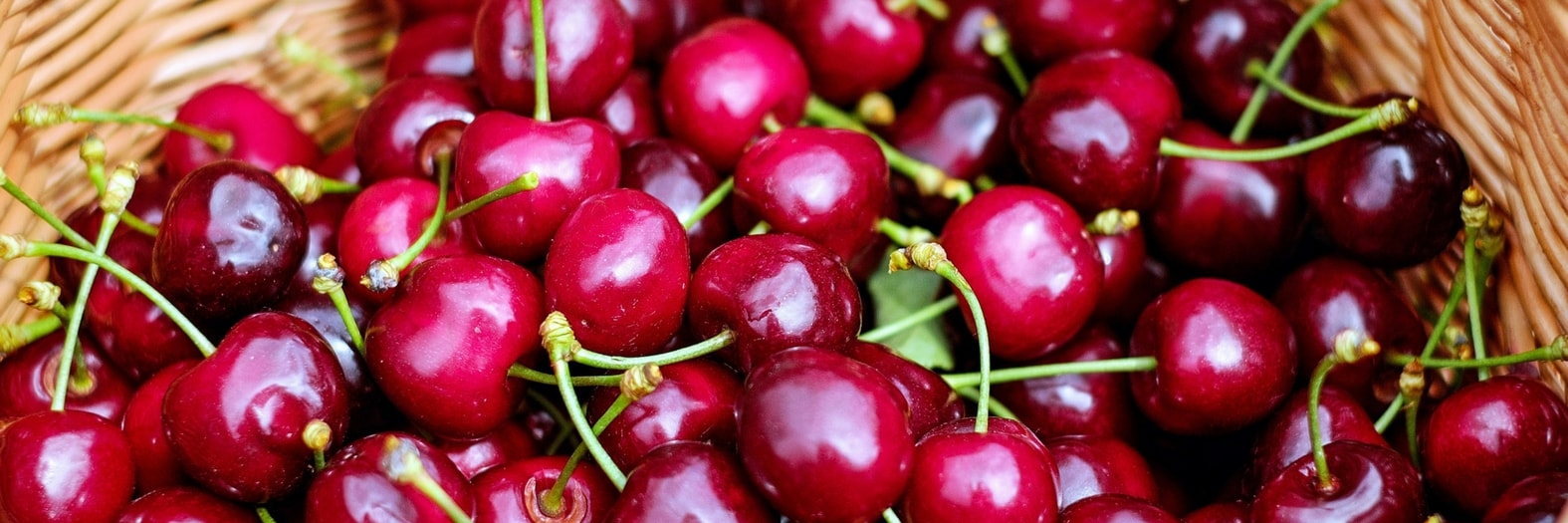
Preserving garden fruits
to enjoy the harvests all winter!
Contents
Storing harvested fruits from the garden is the best way to prevent them from spoiling and rotting during a bountiful harvest… Here are some methods to keep or transform your fruits so you can enjoy them all winter long.
The shelf life of fruits
Not all fruits have the same shelf life:
- damaged or fallen fruits: these should be consumed first, either fresh or processed (jams, compotes…) if they are too damaged.
- short shelf life fruits: most berries last on average 2 days at room temperature (or in the fridge if necessary) and should be consumed quickly or processed (purees, ice creams…).
- medium shelf life fruits: some fruits can be picked a little before ripeness, as they continue to ripen after harvest. This is the case for apricots, peaches, nectarines, figs, and plums. You can store them for about one to two weeks, preferably at room temperature, checking them regularly. Avoid the fridge if possible, as it tends to alter the fruits’ aromas. If you want to speed up ripening, place these fruits next to apples, which naturally emit ethene.
- long shelf life fruits: apples, pears, and kiwis can be stored for several weeks or even months. Spread the fruits (healthy and not damp) on wooden crates covered with newspaper, with the stem down for apples and up for pears. The fruits should not touch each other and should be arranged in a single layer. Store these fruits in a cool (6 to 10°C), dark, and ventilated place. Hazelnuts and walnuts, once dried, can be stored in the same location.
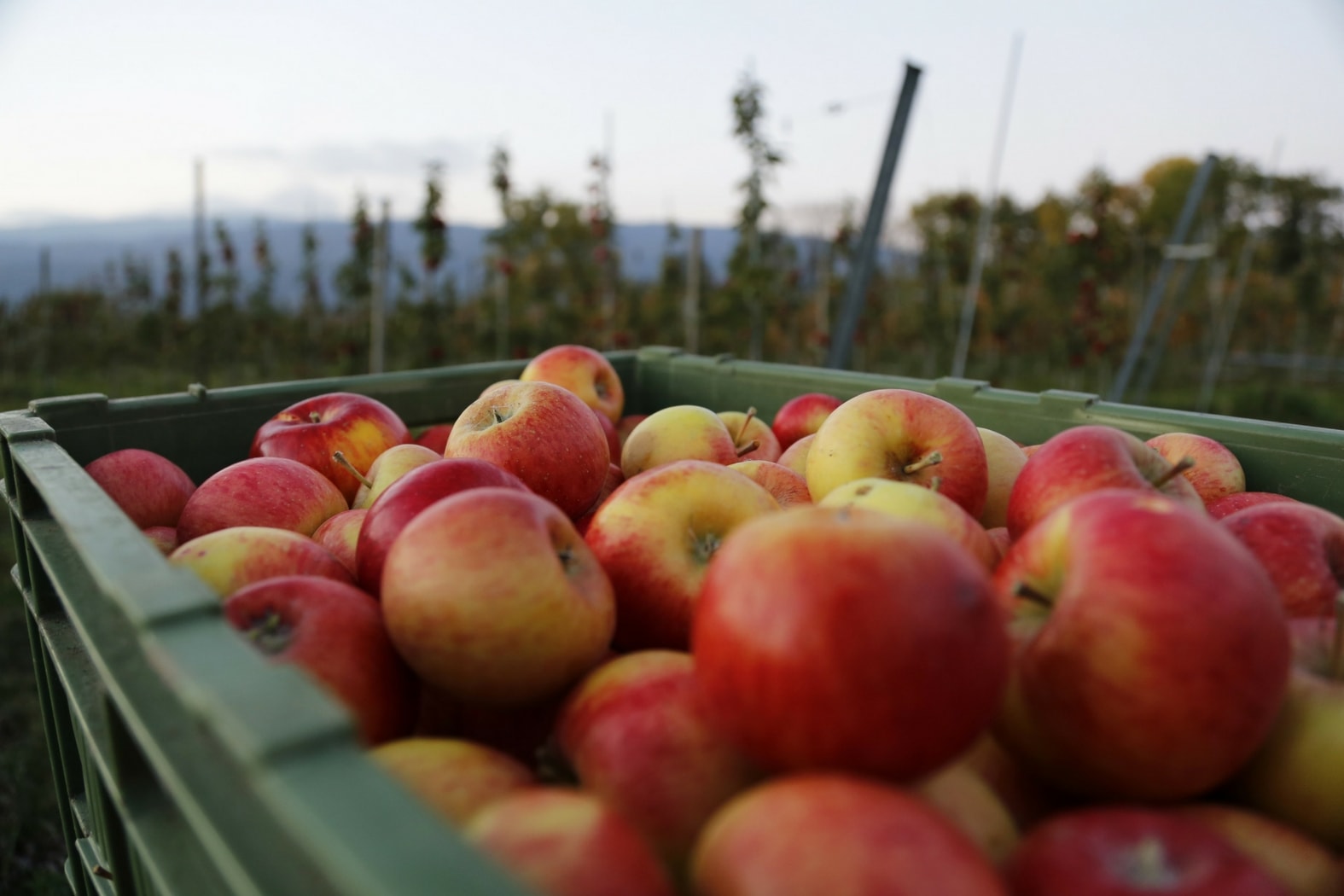
Read also
Drying harvested fruits from the gardenThe different long-term preservation methods
Freezing:
It is perfectly suitable for the majority of fruits, with a few precautions:
- Only use healthy, washed fruits.
- Stone fruits should be pitted and cut in half if necessary.
- Pip fruits should be peeled, pitted, and cooked before freezing, especially pears.
- Add lemon juice to prevent browning of peaches and apples.
- Berries can be frozen whole, after hulling strawberries.
- If you want the frozen fruits to separate easily from each other, freeze them first spread out on a plateau before placing them in boxes or freezer bags.
After thawing, the fruits will be a bit softer and can be used in various culinary preparations (tarts, coulis…).
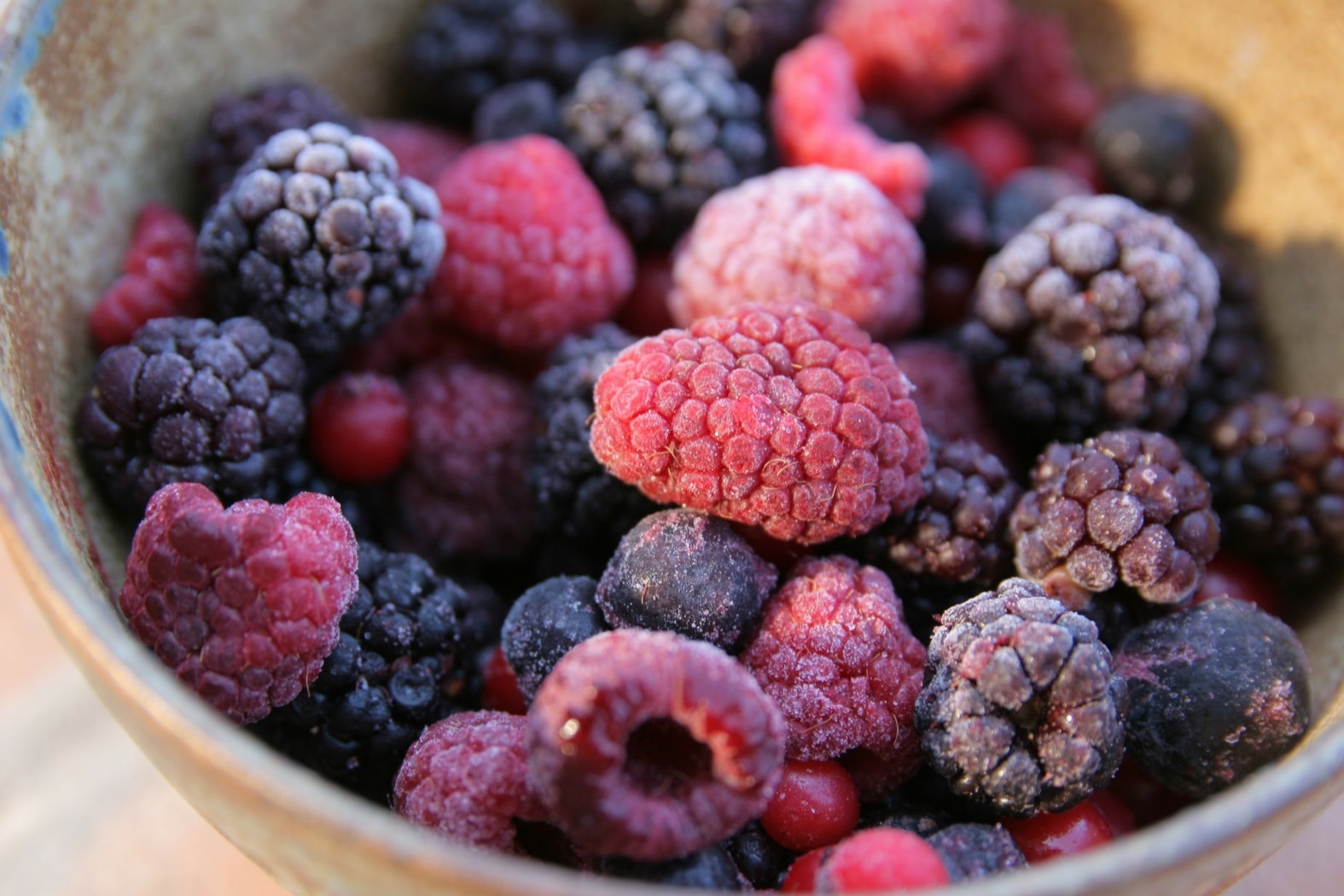
Jar Preserves:
This very classic preservation method is used for most garden fruits: apricots, pears, peaches, cherries, mirabelles, strawberries…
- Only use healthy, washed fruits.
- Cut them into pieces (except for cherries, mirabelles, and berries), peel, pit, or stone if necessary.
- Fill previously sterilised glass jars with boiling water.
- If you add boiling water or a sugar syrup, leave a 2 cm space at the top of the jar. Otherwise, fill the jar completely with fruits, packing them well.
- Seal the jars tightly and sterilise them (pressure cooker, steriliser…).
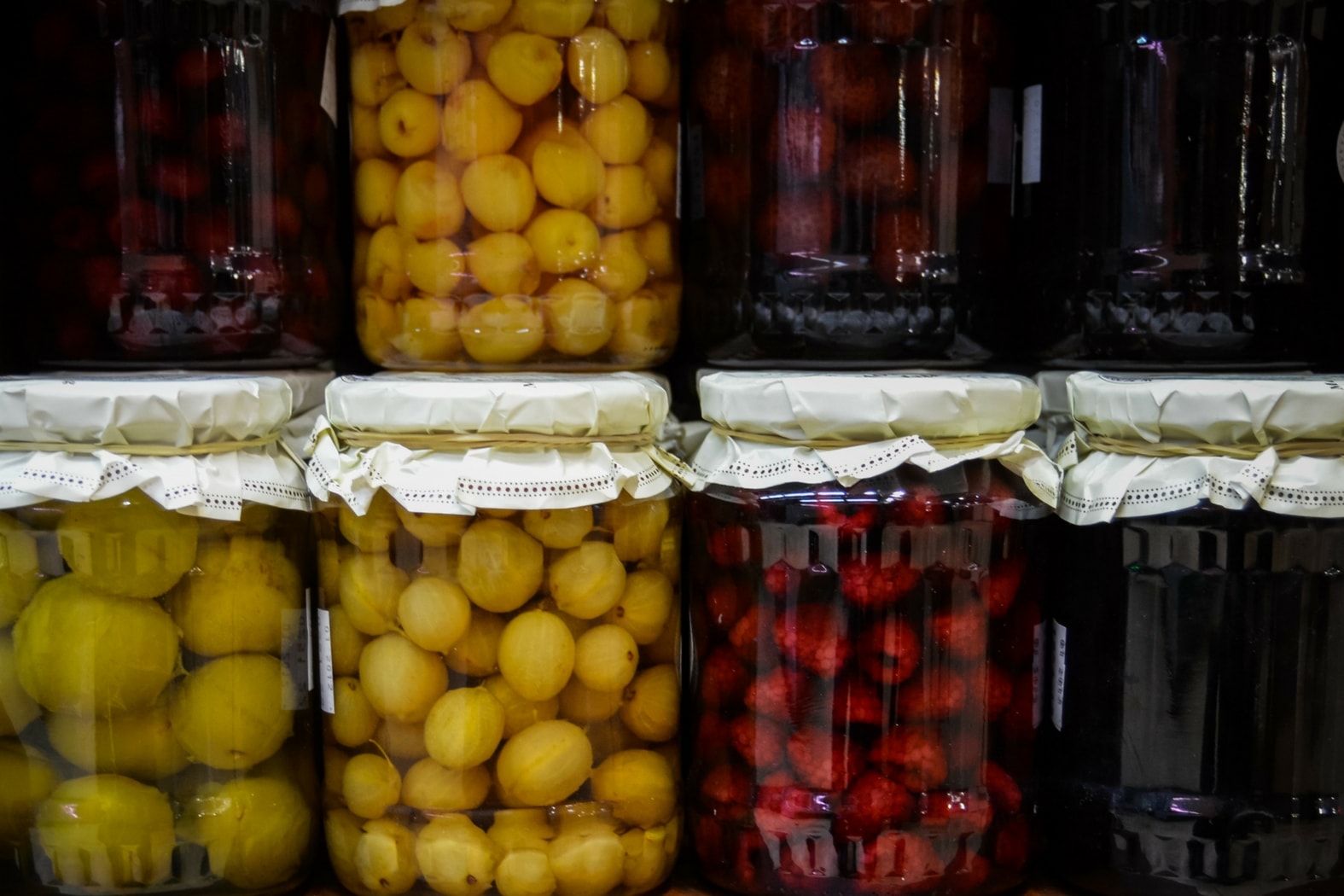
Discover other Fruit trees by variety
View all →Available in 1 sizes
Available in 1 sizes
Available in 2 sizes
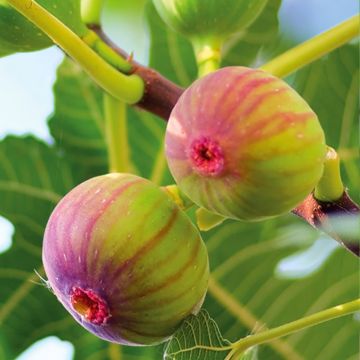
Available in 1 sizes
Available in 1 sizes
Available in 2 sizes
Available in 0 sizes
Available in 1 sizes
Available in 1 sizes
Available in 1 sizes
Transforming fruits for preservation
Whatever the transformation, the fruits will first be washed, then depending on the case, peeled, pitted, or stoned before being cut into pieces.
- jams, compotes, and jellies: homemade preparations are an opportunity to try new fruit combinations and add some spices according to your preferences! For jam, cook the fruits and sugar, adding lemon or apple juice if necessary to introduce some pectin. After skimming, fill the previously sterilised jars with boiling water and turn them upside down immediately. Jellies are made in the same way, using juice from fruits rich in pectin (currants, apples, blackberries…). For compotes, cook the fruits plain or with sugar and water. Purée and blend if needed. Consume the compote quickly or jar it.
- purees, ice creams, and sorbets: red fruits and peaches can be blended raw, while apricots and plums should be cooked in sweetened water before being blended. Add a bit of sugar or lemon if necessary in the purees. Consume them quickly or freeze them, for example in ice cube trays or silicone moulds to obtain small portions. Ice creams and sorbets can be made with or without an ice cream maker. Ice creams contain dairy products (milk, cream) and sometimes eggs, while sorbets are made from a mixture of fruits, water, and sugar.
You can also make fruit pastes, candied fruits, or simply fruit syrups by cooking the fruit juice with sugar.
- Subscribe!
- Contents































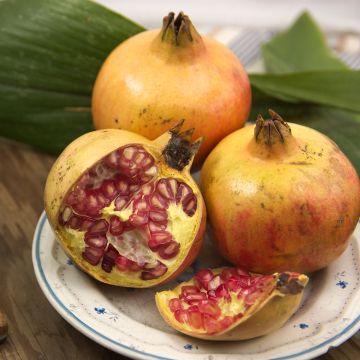
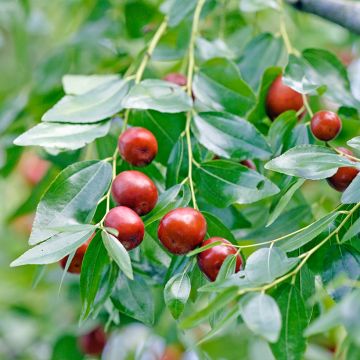
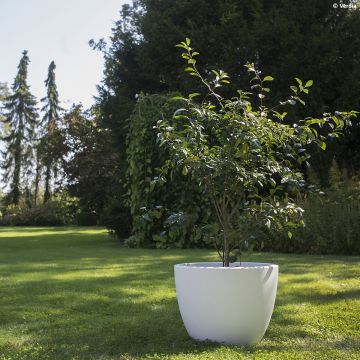
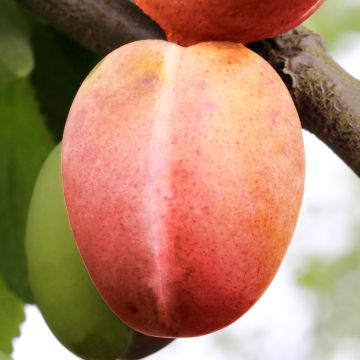
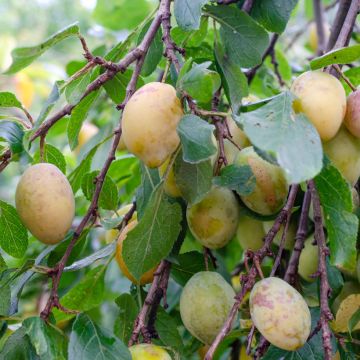
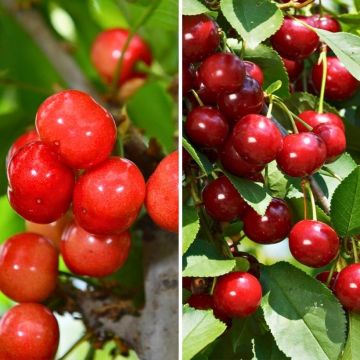
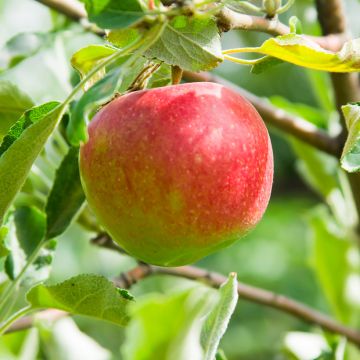
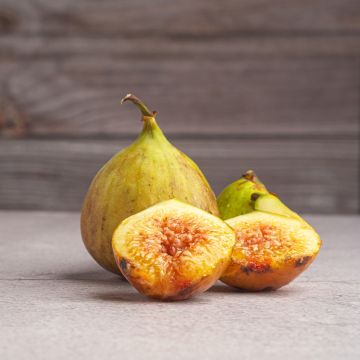
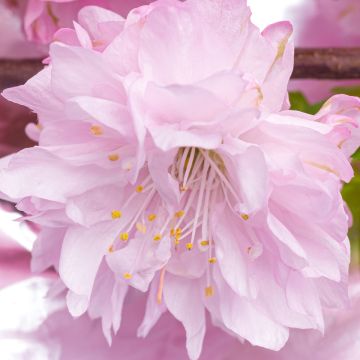
Comments